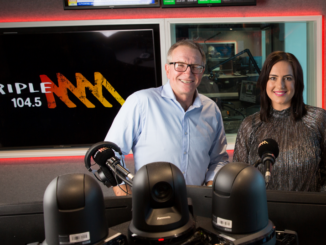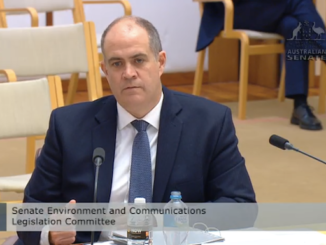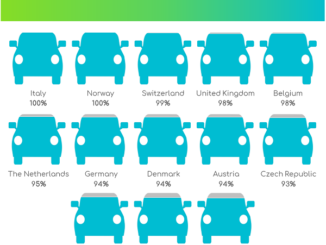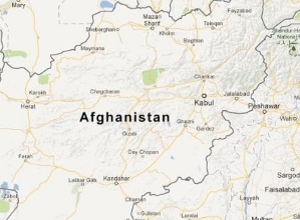
Marto and Margaux raise money for Tongan Recovery Appeal
This week Triple M Breakfast with Marto and Margaux raised $24,000 for UNICEF Australia’s Tongan Recovery Appeal.Tomorrow, the Vintage Reds take on a Tongan Invitational side at Suncorp Stadium – dual International Lote Tuqiri and fan favourite George Smith will feature in the Tongan side coached by Toutai Kefu while Chris Latham, James Horwill, Scott Higginbotham, and David Croft will line up for the Vintage Reds.Marto and Margaux auctioned off a place in the Vintage Reds side.Rob Flux from Property Developer Network was leading the bidding heading into the final stages, keen to resurrect his rugby career. “The body is a bit brittle, I’ve had three or four knee reconstructions, but this is all for a great cause.”But he was blinded by Sam Delvin from Harcourts Property Centre who come in with seconds left in the auction. “My brother was the First IV coach with Toutai Kefu at Ioana last year, so I’ll go to nine grand on the proviso that Toutai (former Wallabies great Toutai Kefu) doesn’t tackle me.”The pair traded bids until coming to a gentlemen’s agreement to EACH buy a place in the team for $12,000.The duo will take to the field with some of the greats of Australian rugby including Lote Tiquri, Digby Ioane, George Smith, James Horwill, Drew Mitchell, and Nathan Sharpe.Red’s coach and Dual International Brad Thorn also revealed exclusively to Marto and Margaux that he will be taking part in the game. “I always take my boots and mouthguard,” Thorn said. “I’ll play the first half of the match and then put my coach’s hat on for the Reds game against the Rebels.” […]





